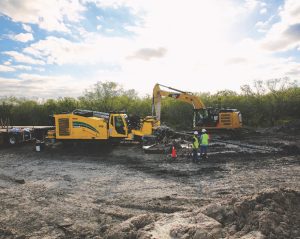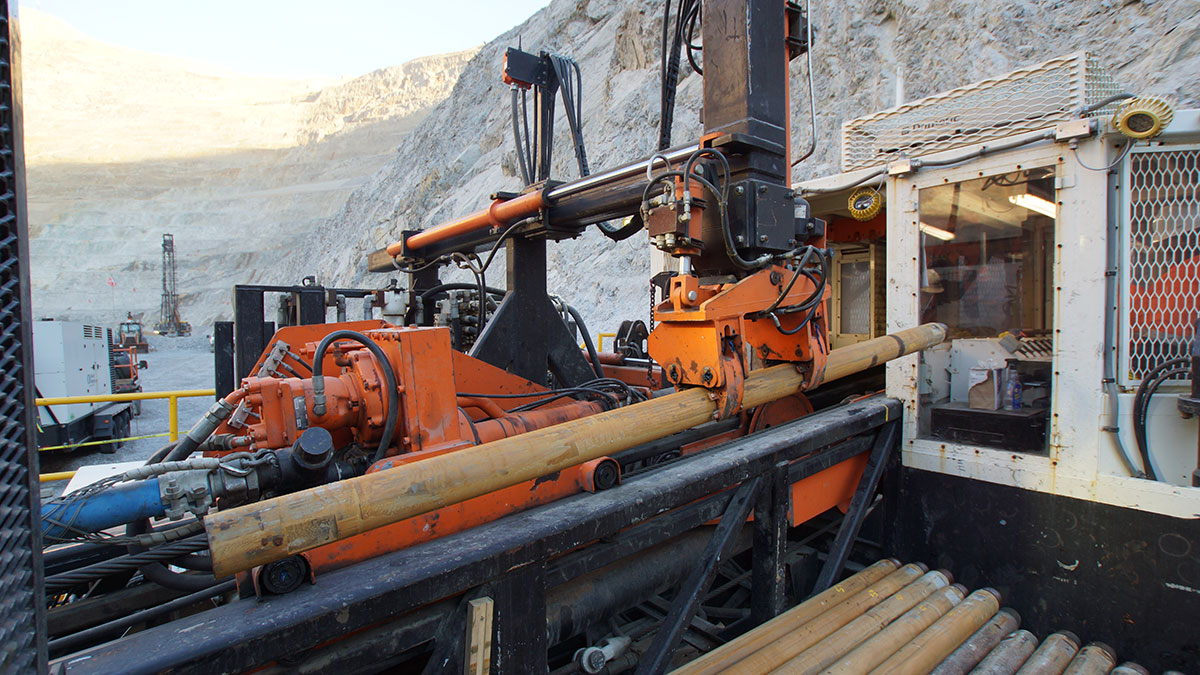Precision on Safety and Efficiency in Directional Drilling
Directional drilling, while offering numerous benefits in terms of resource extraction and access to otherwise unreachable reserves, also presents unique challenges in terms of safety and efficiency. Achieving precision in directional drilling not only enhances productivity but also ensures the safety of personnel and protects the environment. In this comprehensive guide, we’ll explore the importance of precision in ensuring safety and efficiency in directional drilling operations, along with the strategies and technologies employed to achieve it.
The Crucial Role of Precision in Directional Drilling
Precision is fundamental in directional drilling operations to mitigate risks, ensure operational efficiency, and safeguard personnel and the environment. Accurate well placement is essential to avoid potential hazards, such as collision with existing wells, geological formations, or underground utilities. Additionally, precise drilling enables optimal resource recovery while minimizing environmental impact, making it essential for sustainable operations.
Utilizing Advanced Surveying and Measurement Techniques
Advanced surveying and measurement techniques play a critical role in achieving precision in directional drilling. High-precision tools, such as gyroscopic surveys, electromagnetic surveys, and downhole sensors, provide real-time data on wellbore trajectory, inclination, azimuth, and formation properties. By continuously monitoring and analyzing this data, operators can make informed decisions and adjust drilling parameters to ensure accurate well placement and avoid potential hazards.
Enhancing Safety and Efficiency Through Technology
Rotary Steerable Systems (RSS)

Rotary Steerable Systems (RSS) have revolutionized directional drilling by offering continuous steering control while drilling. Unlike conventional drilling methods that rely on bent subs and stabilizers, RSS technology allows for smoother and more precise wellbore trajectories. By minimizing doglegs and maintaining stable drilling conditions, RSS systems enhance safety and efficiency in directional drilling operations.
Measurement-While-Drilling (MWD) and Logging-While-Drilling (LWD)
MWD and LWD technologies provide real-time data on downhole conditions, enabling operators to make informed decisions and optimize drilling operations. MWD tools measure critical parameters such as wellbore inclination, azimuth, and toolface orientation, while LWD tools collect geological data, including formation properties and rock characteristics. By integrating this data with advanced algorithms, operators can ensure accurate well placement, mitigate drilling risks, and enhance operational efficiency.
Implementing Best Practices for Safety and Efficiency
Comprehensive Risk Assessment and Planning
Comprehensive risk assessment and planning are essential for ensuring safety and efficiency in directional drilling operations. Operators must identify potential hazards, assess risks, and develop mitigation strategies to prevent accidents and minimize downtime. By conducting thorough risk assessments and implementing appropriate safety protocols, operators can safeguard personnel, protect the environment, and optimize drilling operations.
Continuous Training and Development
Continuous training and development are critical for maintaining safety and efficiency in directional drilling operations. Operators must be trained on the proper use of equipment, safety procedures, and emergency protocols to respond effectively to unforeseen challenges. Additionally, ongoing professional development ensures that personnel stay updated on the latest technologies, best practices, and regulatory requirements, enabling them to perform their jobs safely and efficiently.
Future Trends in Safety and Efficiency
Integration of Artificial Intelligence and Automation
The integration of artificial intelligence (AI) and automation is expected to transform safety and efficiency in directional drilling operations. AI-driven algorithms can analyze vast amounts of data in real-time, identify patterns, and predict potential hazards or operational inefficiencies. Automation technologies, such as autonomous drilling systems and robotic drilling rigs, can optimize drilling operations, minimize human error, and enhance safety and efficiency in complex drilling environments.
Advanced Environmental Monitoring and Management
Advanced environmental monitoring and management technologies are becoming increasingly important in ensuring safety and efficiency in directional drilling operations. Real-time monitoring systems can detect and mitigate environmental risks, such as drilling fluid spills or gas leaks, before they escalate into larger incidents. Additionally, advanced waste management techniques, such as closed-loop drilling systems and biodegradable drilling fluids, minimize environmental impact and ensure compliance with regulatory requirements.
Conclusion
Precision plays a vital role in ensuring safety and efficiency in directional drilling operations. By utilizing advanced surveying and measurement techniques, enhancing drilling technologies, implementing best practices for safety and efficiency, and embracing future trends such as AI and automation, operators can optimize drilling operations while safeguarding personnel and the environment. As technology continues to evolve and new innovations emerge, the future of directional drilling promises even greater levels of safety, efficiency, and sustainability.

